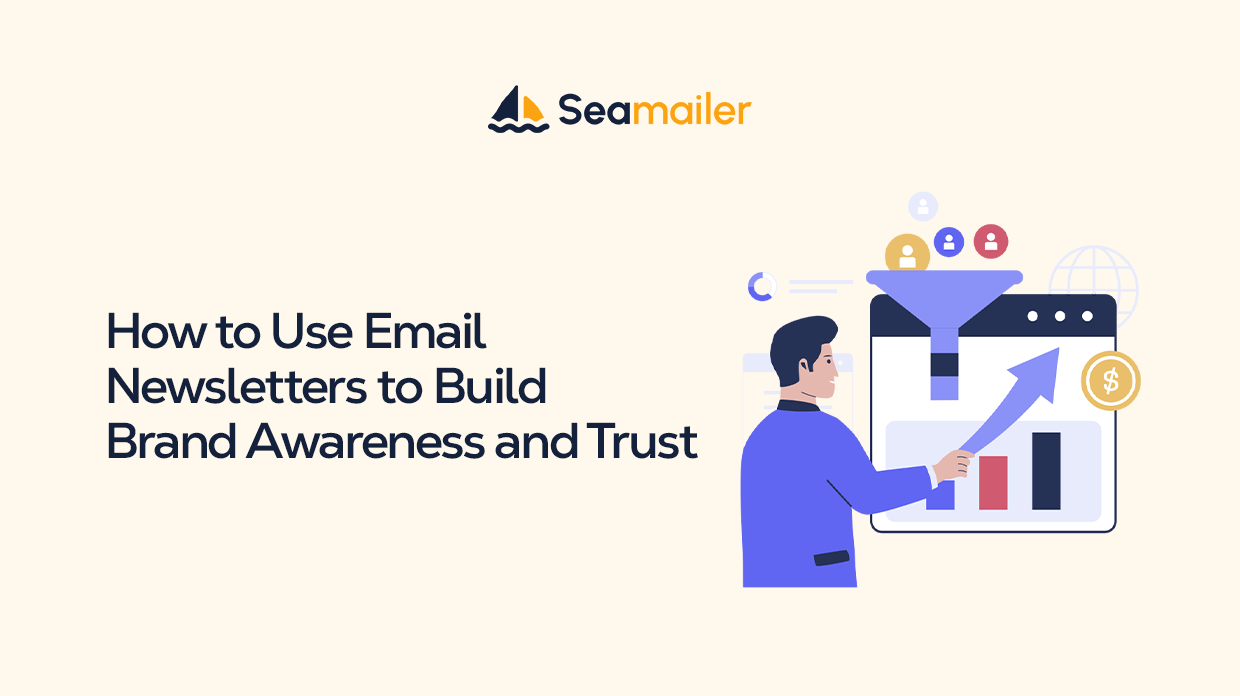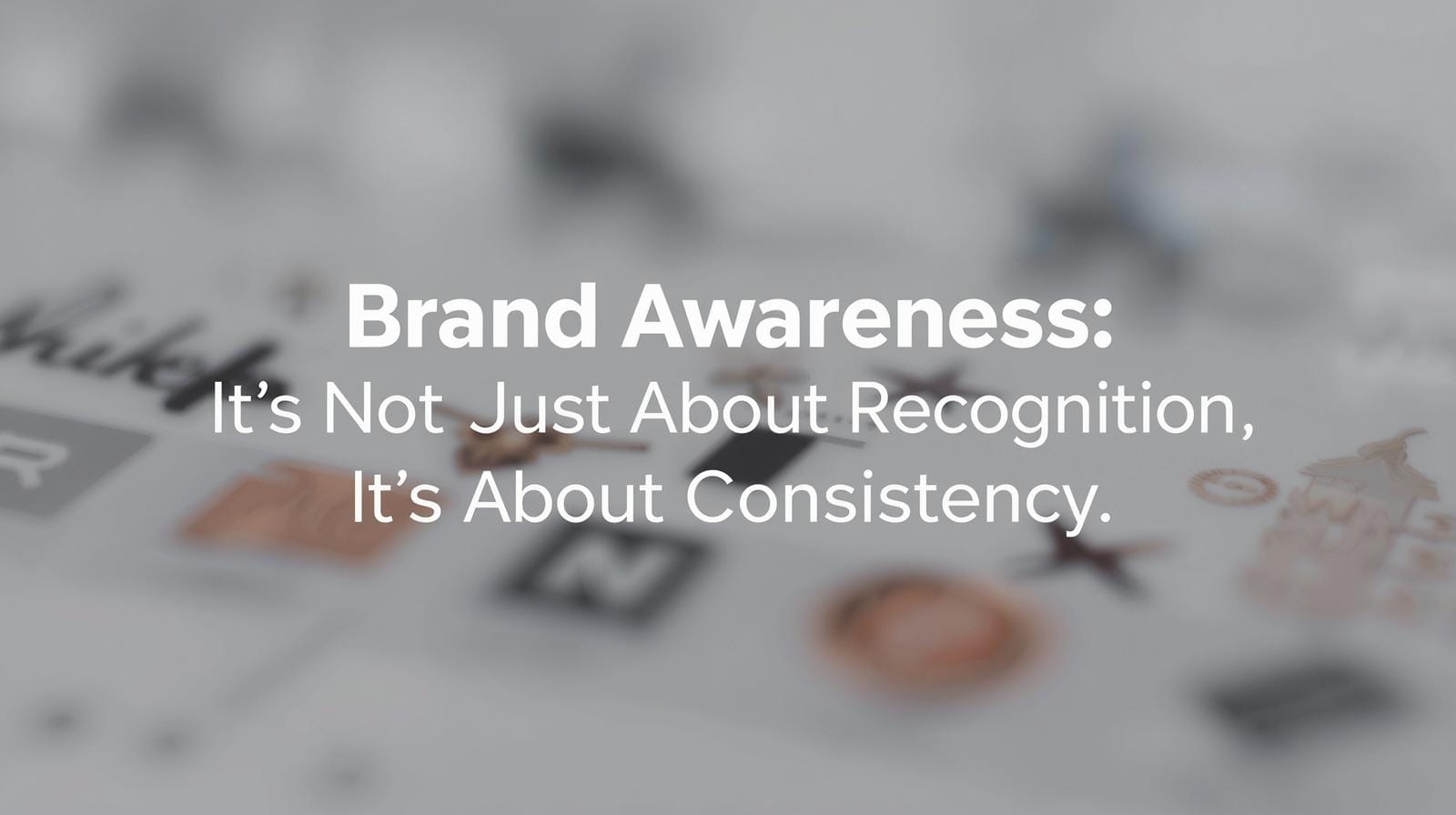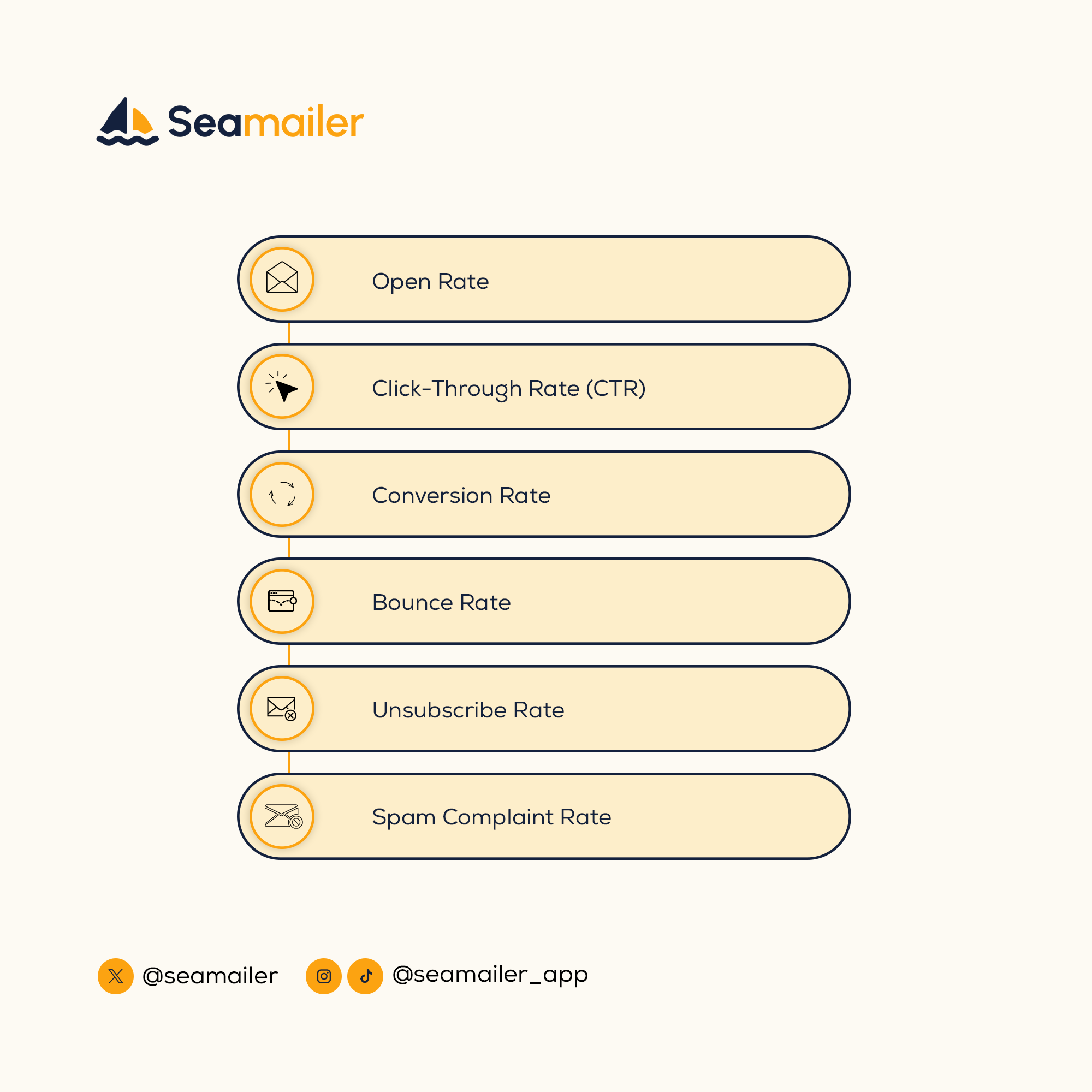How to Use Email Newsletters to Build Brand Awareness and Trust

Go beyond basic marketing. Learn how to use email newsletters as a powerful tool to build brand awareness, earn customer trust, and create a loyal community that drives long-term business growth.
How to Use Email Newsletters to Build Brand Awareness and Trust
Let's be honest. In a world saturated with digital noise—endless social media feeds, relentless paid ads, and constant notifications—it's easy for your brand to get lost. You can have the best product or service on the market, but if no one knows who you are or, more importantly, trusts you, you’re just another voice in a crowded room.
This is where the humble email newsletter comes in.
For too long, newsletters have been relegated to the bottom of the marketing totem pole, seen as little more than a vehicle for promotional offers or a quick monthly company update. But a truly effective newsletter is so much more than that. It’s not just about selling; it’s about serving. It’s about building a relationship. And it’s a powerful, often underestimated, tool for building both brand awareness and deep, lasting trust.
Think of your newsletter as a weekly or bi-weekly conversation with your most engaged audience. It’s a space where you can share your story, your values, and your expertise without the distraction of a social media algorithm. It's your brand's living room, and you're inviting people in for a cup of coffee and a real, human chat.
If you’re ready to move beyond the transactional and into the relational, here’s a comprehensive guide on how to leverage your email newsletter to build a brand that people not only recognize but also genuinely trust.
1. Brand Awareness: It’s Not Just About Recognition, It’s About Consistency

Building brand awareness isn’t just about getting your logo in front of as many eyes as possible. It's about creating a consistent, memorable experience. Your newsletter is the perfect vehicle for this.
A. Establish a Consistent Voice and Tone. Your newsletter should sound like you. Is your brand witty and a little sarcastic? Is it serious and authoritative? Is it warm and friendly? Whatever your voice is, stick to it. Every email should feel like it was written by the same person or team. This consistency helps your audience recognize and connect with your brand on a deeper level. Over time, they’ll start to associate that voice with your brand’s identity.
B. Be Visually Consistent. Don’t just focus on the words. Your newsletter’s design is a powerful tool for brand awareness. Use your brand’s color palette, fonts, and imagery. The layout should be clean and easy to read. A well-designed email reinforces your brand identity and looks professional, making a strong first impression every time it lands in an inbox.
C. Deliver Consistently. Consistency in scheduling is crucial. Whether you send your newsletter every Tuesday morning or on the 15th of every month, your subscribers should know when to expect it. This creates a routine and builds anticipation. When your audience sees your newsletter pop up in their inbox, it becomes a familiar and welcome sight, reinforcing your presence in their minds.
D. Create Memorable Content Formats. Beyond standard articles, think about creating unique content that subscribers can look forward to. For instance, you could have a weekly "Tip of the Week," a monthly "Behind the Scenes" look at your company, or a "Customer Spotlight" section. These recurring features become a core part of your brand's identity and make your newsletter stand out from the generic crowd.
2. Building Trust: The Foundation of a Lasting Relationship
Awareness gets you noticed. Trust gets you paid. And in the digital world, trust is the scarcest and most valuable commodity. Your email newsletter is arguably the best tool you have for building it.
A. Provide Immense Value, Not Just Promotions. This is the golden rule of trust-building. Your newsletter should be about giving, not just taking. A good rule of thumb is the 80/20 rule: 80% of your content should be valuable, helpful, and free (e.g., tips, insights, stories), and only 20% should be promotional. If your subscribers feel like you’re always trying to sell them something, they’ll tune out and unsubscribe. If they feel like every email provides a useful insight or a delightful moment, they’ll become loyal followers.
B. Be Transparent and Authentic. Share your story—the good, the bad, and the ugly. Talk about your company’s values, the challenges you’re facing, and the lessons you’ve learned. This kind of transparency is disarming and deeply human. People don’t trust faceless corporations; they trust people. By letting your audience see the human side of your brand, you build a connection that is far more durable than any marketing gimmick.
C. Ask for Feedback and Listen to It. A newsletter shouldn't be a monologue. It should be a dialogue. End your emails with a question. Ask your subscribers what they want to see more of. Encourage them to hit "reply" and share their thoughts. When you receive a response, actually read it and, where possible, reply personally. This shows your audience that they are seen, heard, and valued—a powerful trust-builder.
D. Share Social Proof and Success Stories. People trust what other people say more than what a brand says about itself. Use your newsletter to share customer testimonials, case studies, or stories of how your product or service has helped someone. This social proof validates your brand’s claims and shows potential customers that you can deliver on your promises.
E. Be a Problem-Solver, Not a Promoter. Position yourself as an expert in your field. Your newsletter should be a resource that solves your audience's problems. If you're a fitness coach, your newsletter isn't just about selling workout plans; it's about sharing simple, actionable tips for staying motivated. If you're a software company, your newsletter offers tutorials and hacks that make your customers' lives easier. By consistently providing solutions, you become an indispensable partner in their journey.
3. The Practical Side: Tools and Tactics
Building a successful newsletter isn't just about the philosophy; it’s about the execution.
A. Master Your Subject Lines. The subject line is the gatekeeper of your email. It needs to be compelling enough to make someone open it. Use curiosity, urgency, or personalization to stand out in a crowded inbox. A good subject line isn't clickbait; it's a promise of value.
B. Use Personalization and Segmentation. Not every subscriber is the same. An email marketing platform allows you to segment your list based on demographics, past purchases, or engagement level. For instance, a first-time subscriber might receive a different welcome sequence than someone who has been on your list for two years. A tool like Seamailer provides the data and automation needed to create these personalized experiences. You can track which links a subscriber clicks and then send them more content on that specific topic, showing them you understand their interests without having to ask. This level of personalization is a huge trust-builder because it makes the recipient feel seen and understood, not just like a number on a list.
C. Design for Readability. Keep your paragraphs short. Use subheadings and bullet points to break up text. Incorporate images, GIFs, or videos to make the content more engaging. Your newsletter should be easy to skim and even easier to read on a mobile device.
D. Automate Your Welcome Sequence. The period right after someone subscribes is when their interest in your brand is at its peak. Don't waste this opportunity. Set up an automated welcome series that delivers value and introduces your brand's core mission. This is where you can tell your brand story and set expectations for what they'll receive from you in the future.
E. Track Your Performance. You can’t improve what you don’t measure. Pay close attention to your open rates, click-through rates, and unsubscribe rates. Use this data to understand what content resonates with your audience and what doesn’t. If a certain type of email gets a low open rate, you know to tweak your subject line or the content itself. This continuous feedback loop is essential for building a newsletter that truly serves your audience.

Conclusion: From Marketing Tool to Brand Asset
For too long, marketers have treated email newsletters as just another channel to push products. But the most successful brands understand that a newsletter is something far more significant. It's a brand asset.
It’s the place where you can share your unique perspective, build a community of like-minded individuals, and cultivate a level of trust that no social media platform can ever replicate.
So, stop thinking of your newsletter as a chore and start seeing it for what it is: a direct line to your most valuable audience, a tool for telling your story, and the single most powerful way to build a brand that people not only recognize but also wholeheartedly believe in.
Start giving more than you take, be consistent, be human, and watch as your newsletter transforms from a simple marketing tool into the living heart of your brand.

